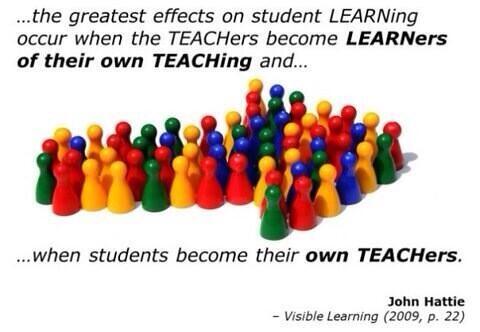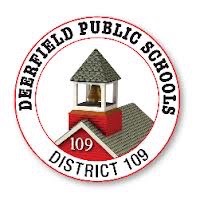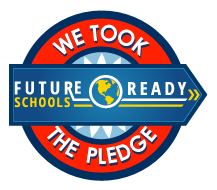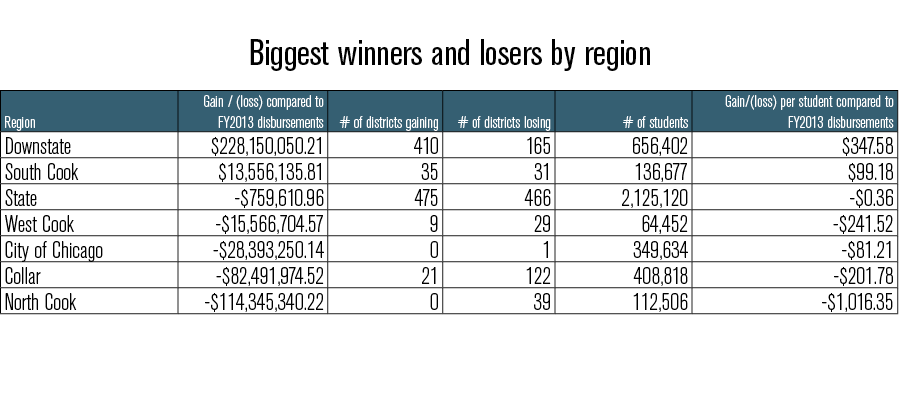“If you want to go fast, go alone. If you want to go far, go together.”
– African Proverb
Instructionally across the nation in our public schools we are creating a sense of urgency, a tipping point so to speak. Many argue and believe that it is time for the Industrial Age model of education to move aside for the newly forming Information Age of education. As society changes, so too shall the public schools – or will they?
For ten years now educators have been pondering the ‘Rip Van Winkle effect’ as introduced in a December 2006 Time Magazine article. The authors of that article wrote about Rip Van Winkle awakening in the 21st century after a hundred-year snooze. Just about every place Rip went baffled him. But when he  finally walks into a schoolroom he feels right at home. When discussing this recently, two of my colleagues Nick Polyak and Alan Siebert and I were struck by the subtle power of the commentary, how schools in the 21st Century were still organized by and modeled on 19th Century standards and structures. If we are to leverage the power of technology to impact and change education, it’s incumbent upon us to Transform – not Reform. It is incumbent upon us to focus on the future, the students’ future, and not on our past. As school superintendents the charge rests upon our shoulders to lead for the future.
finally walks into a schoolroom he feels right at home. When discussing this recently, two of my colleagues Nick Polyak and Alan Siebert and I were struck by the subtle power of the commentary, how schools in the 21st Century were still organized by and modeled on 19th Century standards and structures. If we are to leverage the power of technology to impact and change education, it’s incumbent upon us to Transform – not Reform. It is incumbent upon us to focus on the future, the students’ future, and not on our past. As school superintendents the charge rests upon our shoulders to lead for the future.
As we leaders review and study the latest research on schooling and learning and as we contemplate leadership with our communities, it’s essential that we understand both the urgency and the “why” – the purpose for innovative structural, organizational, and instructional change leadership.
What is school for? This is a question that lately I have been hearing, reading, writing, pondering, and asking others to consider. Is school for:
-preserving our democracy?
-supporting our economy?
-keeping children & young people occupied from 3-21?
-supporting our culture?
-enhancing thinking skills?
-providing young people who are career and college ready?
-increasing knowledge and numeracy and literacy skills?
-all of the above and more?!
If we know what it is for then how can we go from Good to Great. The phrase Good to Great has become a staple in leadership commentary thanks to Jim Collins and his team of researchers and leaders through their publications Built to Last, From Good to Great, Great by Design, and others.
If we are good then it’s a challenge to become great for it’s easier to become good from poor or 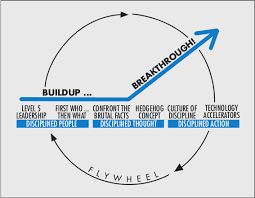 mediocre, but great, truly great, a set-apart, a cut above the rest – this is where the challenge lies. Organizations who become great are few and far between as Collins, et al and others have reported.
mediocre, but great, truly great, a set-apart, a cut above the rest – this is where the challenge lies. Organizations who become great are few and far between as Collins, et al and others have reported.
Major educational “heavyweights” like John Hattie and his teams, Robert Marzano and his teams, Michael Fullan and his teams, Kouzes/Posner, and others continue to demonstrate impact/effects of behaviors and techniques on organizational culture and on leadership effectiveness and on learning. If we know all of the answers then why is it proving so challenging – for so many – to move from good to great?
Why is the nation “at risk” (from 1983 reports), why does the federal government have to intervene so that “no child is left behind” (ESEA 2002)? We have so many answers and models at our fingertips yet the prize of excellence, or complete literacy, or complete organizational culture models remains elusive to so many.
Horace Mann said, “Education then, beyond all other devices of human origin, is the great equalizer of the conditions of men, the balance-wheel of the social machinery.”Can public schools truly balance the social machinery – or in modern terms – meet the needs of all people and preserve the middle class? Do  the public schools exist that the economic conditions into which we are born can be mitigated through schooling?
the public schools exist that the economic conditions into which we are born can be mitigated through schooling?
What is the purpose of innovation?
What is the purpose of change?
So many questions that keep me and many others up at night yet also in pursuit of answers to these questions provide such great rewards that we leaders continue to lead and continue to enlist others on our mission of excellence in education. With continued vision from Boards of Education and community members, leaders, teachers, parents, students, administrators, and our entire system of public schooling, will continue to get better and better. My charge is to lead. My charge is to challenge the process and inspire others to act. Thank goodness the people with whom I work are also leaders and they are also visionaries and they are also passionate about education.
Our society is complex enough to present many challenges to people as they pass from childhood to adulthood. It is my firm belief that a strong foundation in educational preparation will support a person’s quest for success and prosperity. My philosophical foundation holds that young people are our windows to the future; working with them has given me a unique vantage point to assess their goals, needs and abilities. I have been, and I remain committed to preparing our young citizens, and those who teach and support them, for their futures – and ours.

